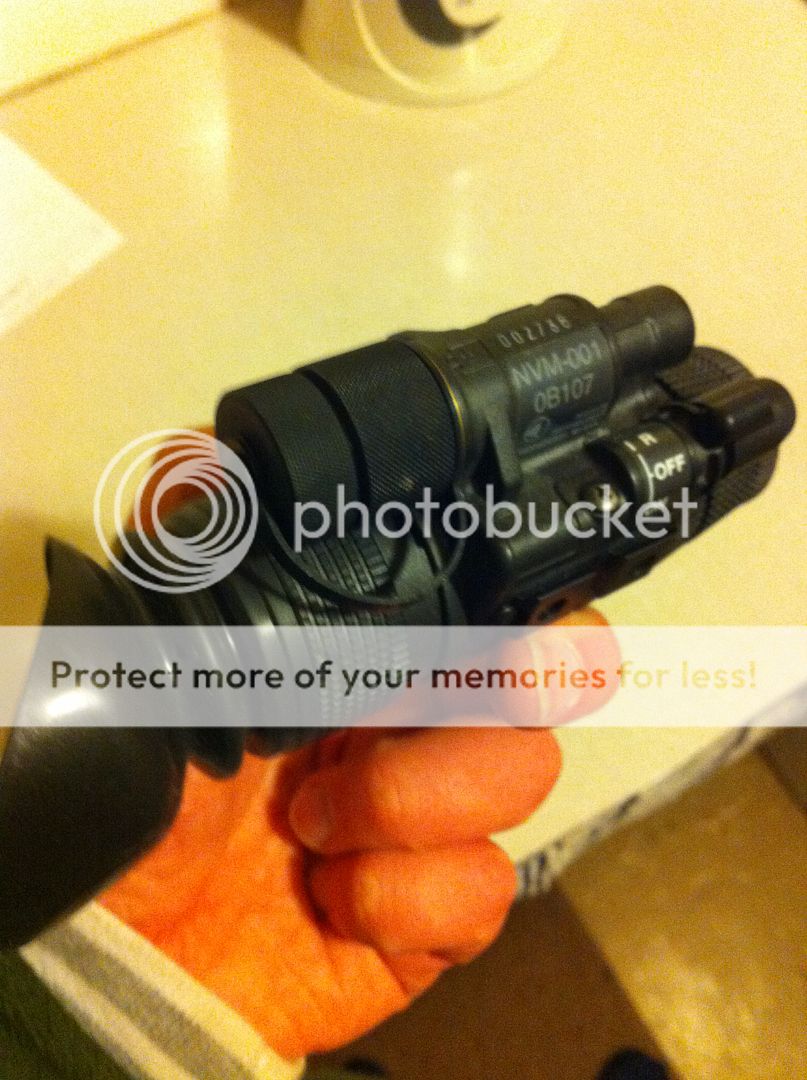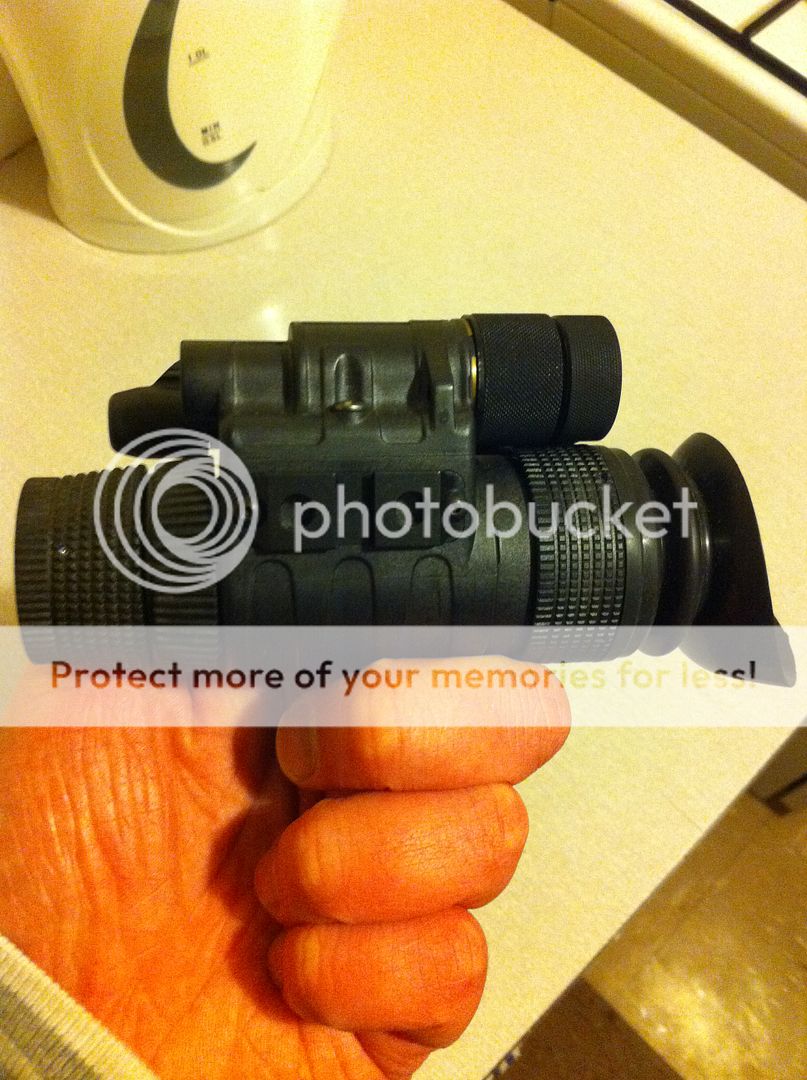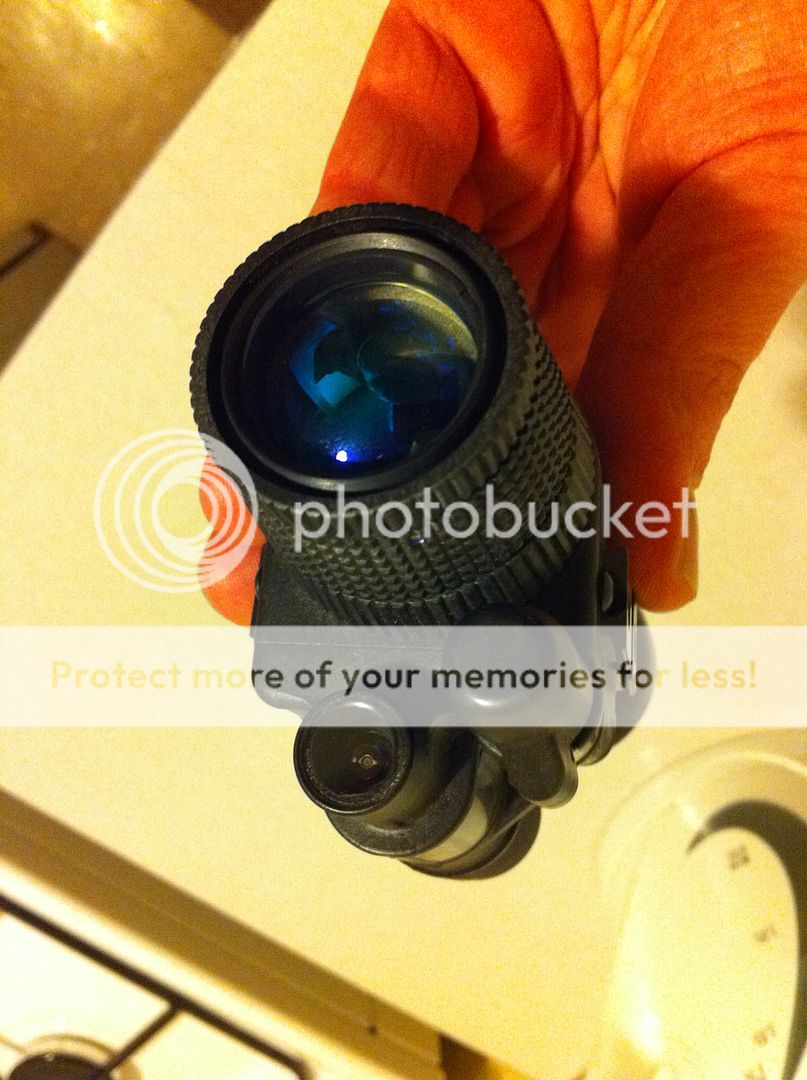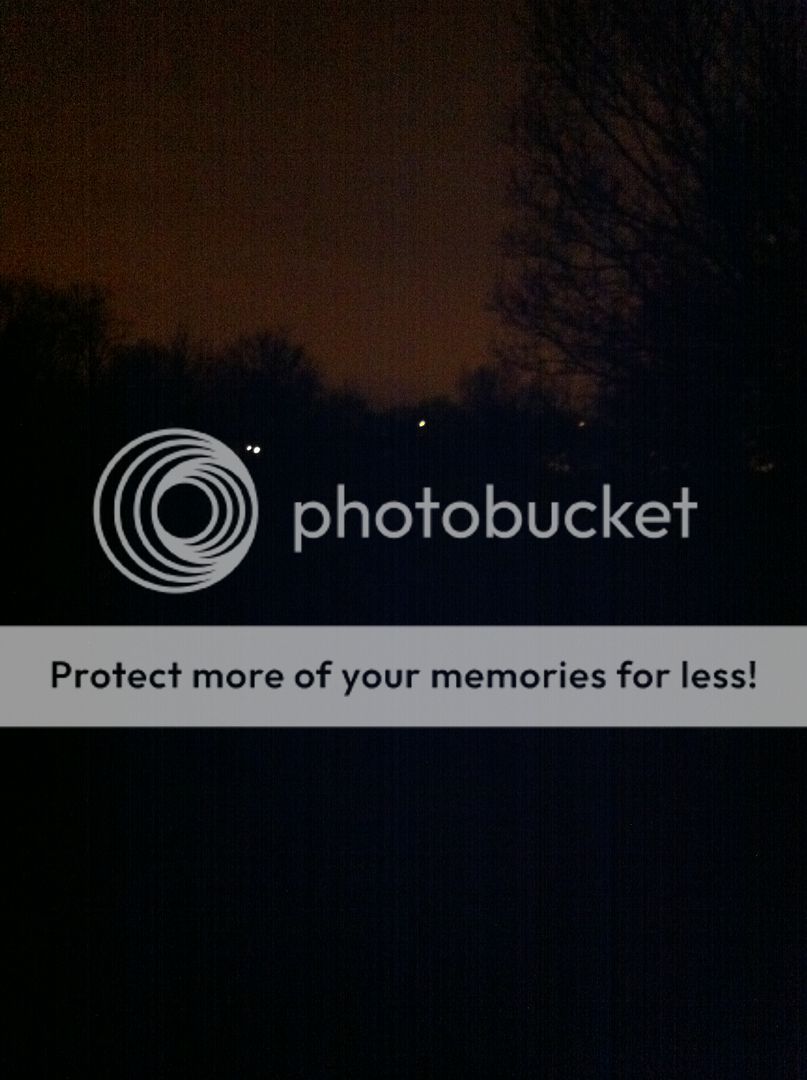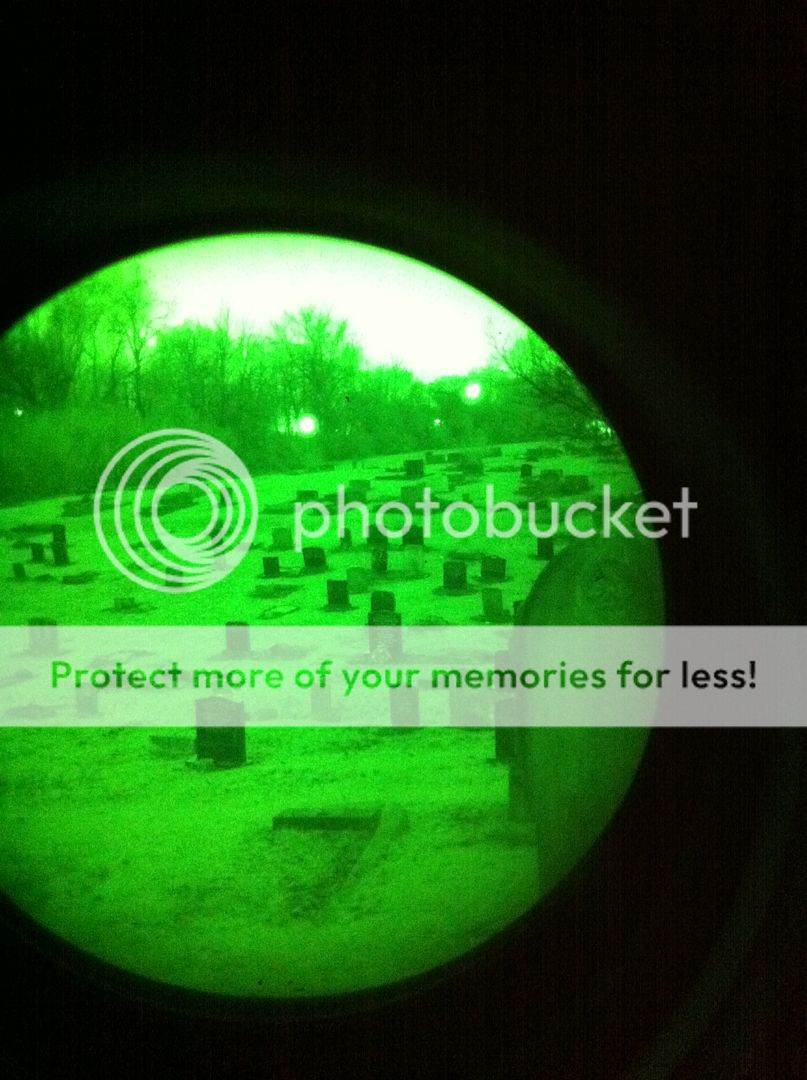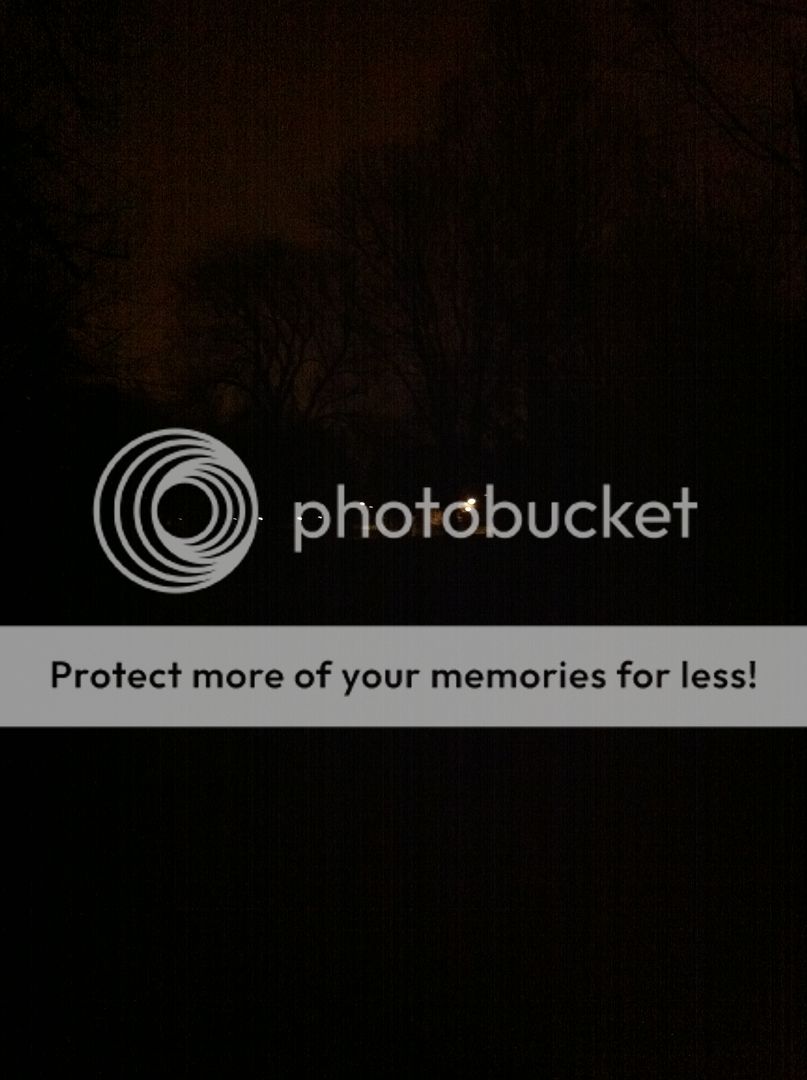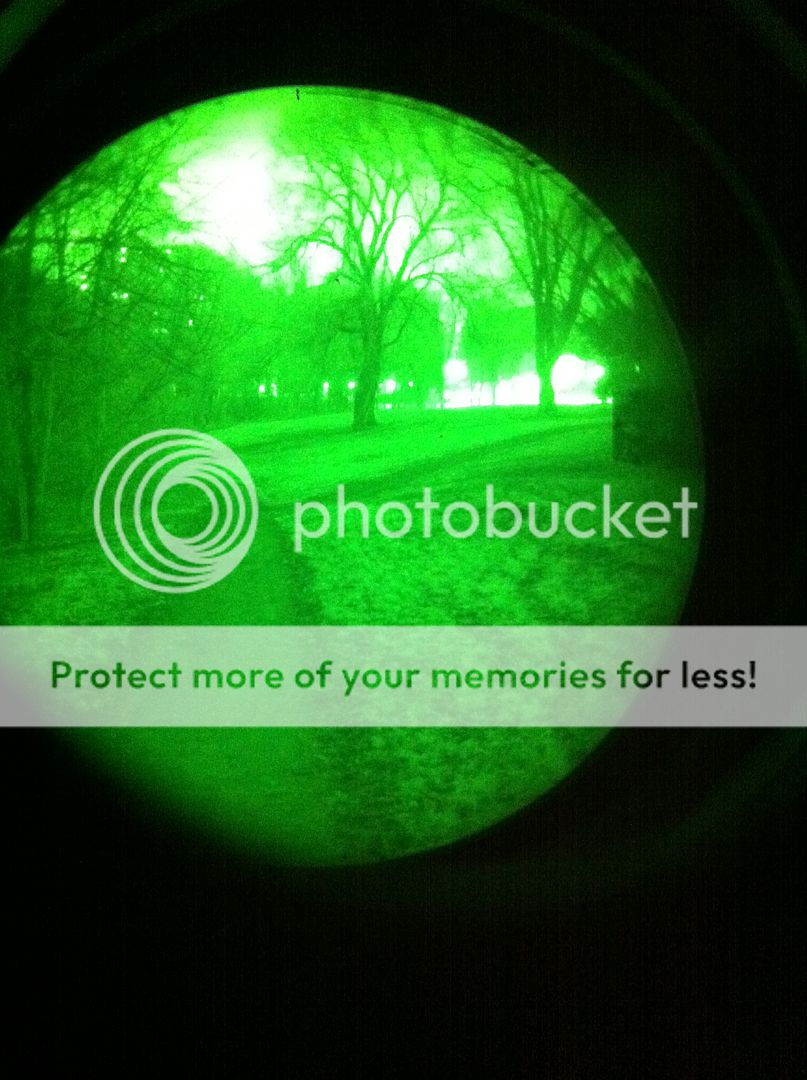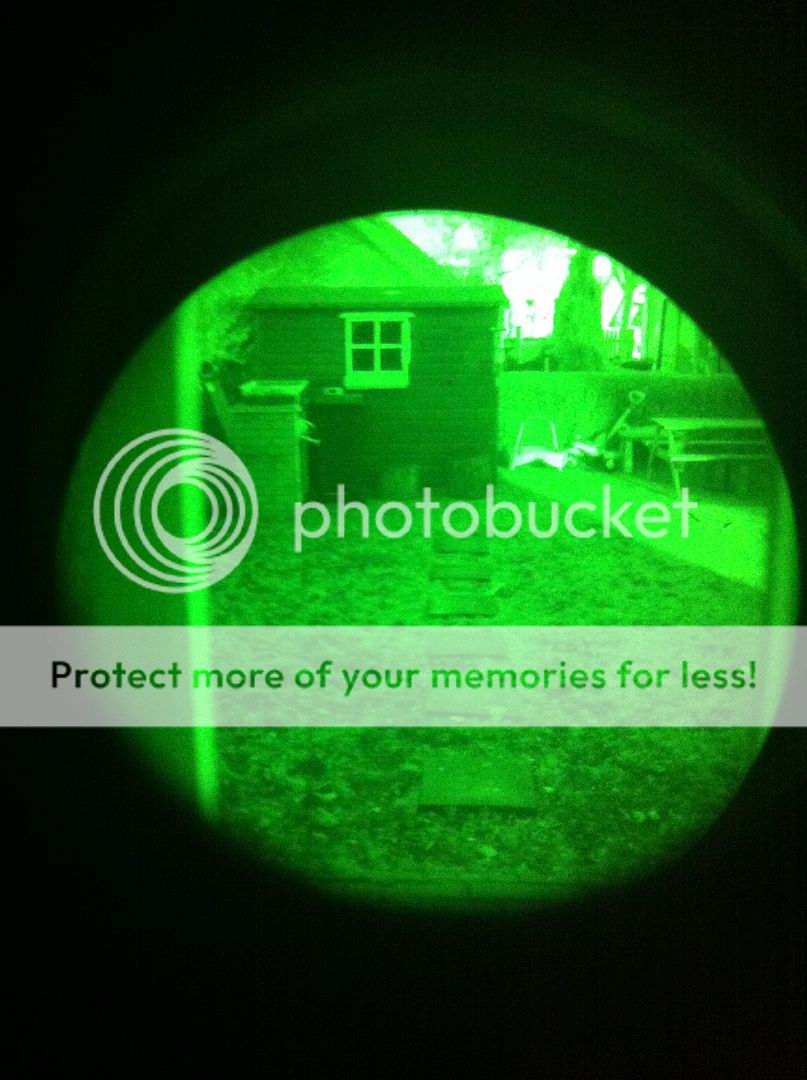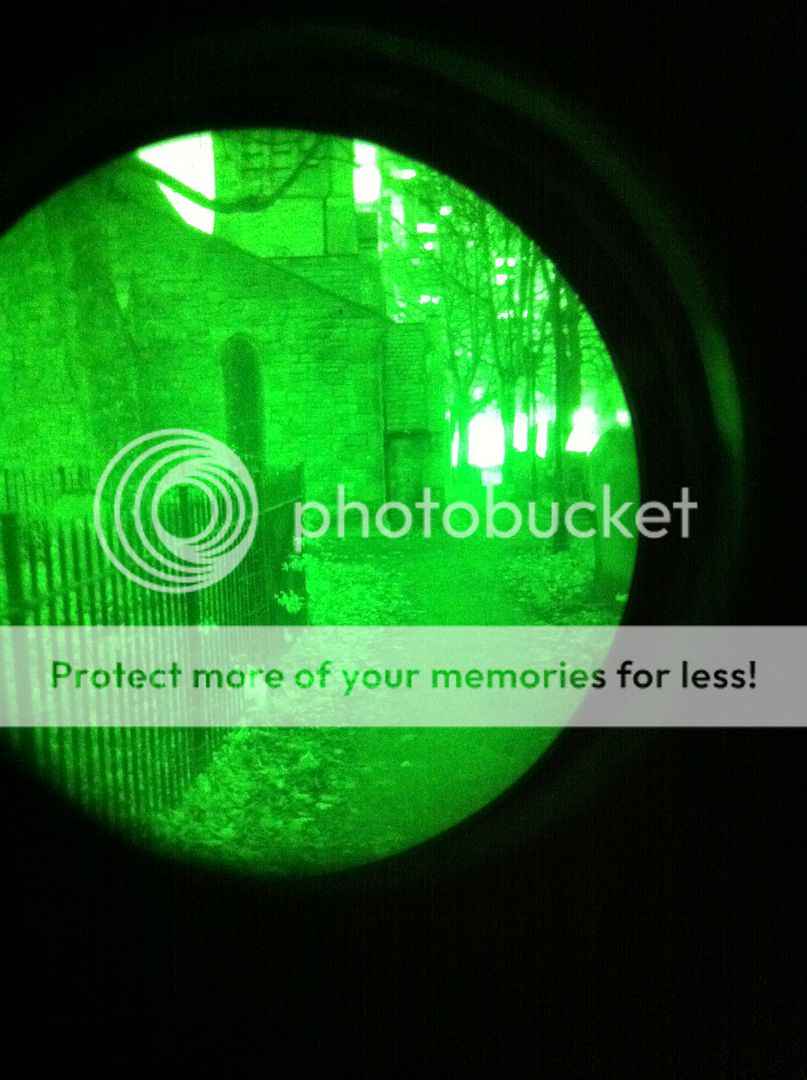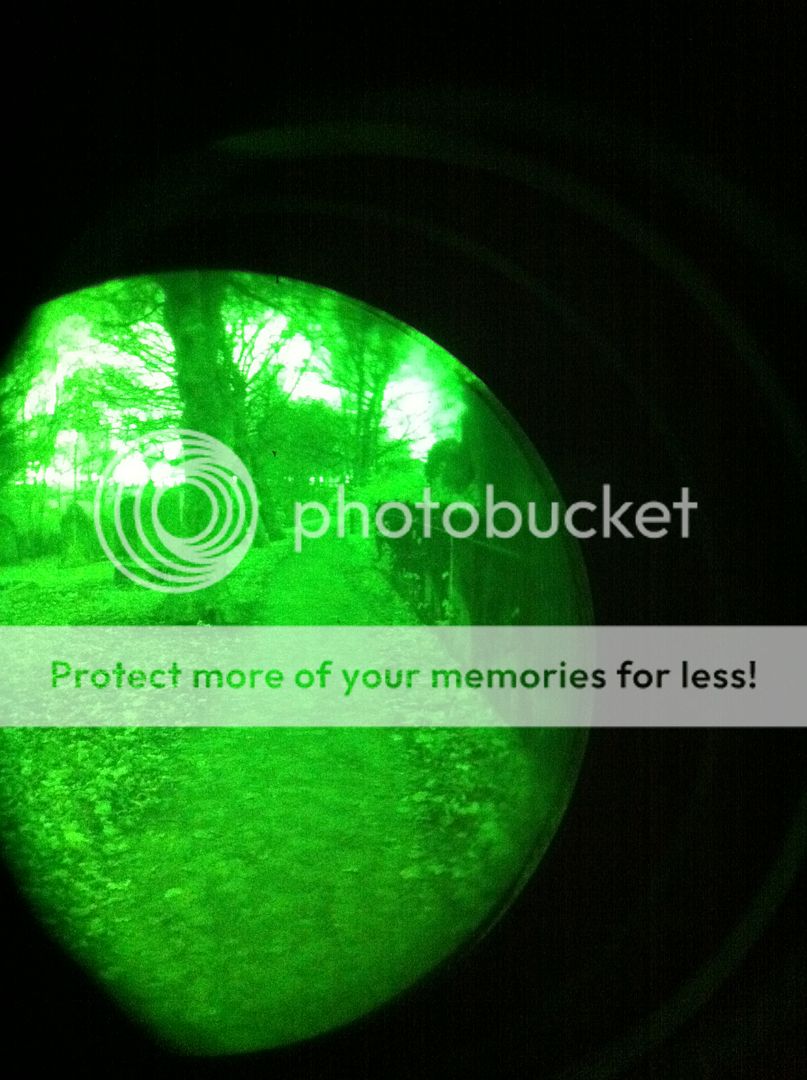george-spiridakis
Well-known member
Hello,
i am thinking of trying a night vision device for wildlife watch. I don't have experience with these devices, neither about their characteristics, besides some basic things.
I wonder if people from the forum have such things, and if i could be adviced on which one should i get.
I don't want to spent a lot of money (preferably not more than 500euros), so i have to search on 1st generation i suppose.
From the many brands and models out there, which one you think is better for me?
I found some which i could buy, does anybody have an experience with? These are:
1) Night Owl NONM3X-G 3 x 42
2)ATN Night Storm 3,5 x 50
3)Bushnell Equinox 4 x 40
I prefer a monocular than a binocular, a reason is for the lower price.
Thanks in advance,
George
i am thinking of trying a night vision device for wildlife watch. I don't have experience with these devices, neither about their characteristics, besides some basic things.
I wonder if people from the forum have such things, and if i could be adviced on which one should i get.
I don't want to spent a lot of money (preferably not more than 500euros), so i have to search on 1st generation i suppose.
From the many brands and models out there, which one you think is better for me?
I found some which i could buy, does anybody have an experience with? These are:
1) Night Owl NONM3X-G 3 x 42
2)ATN Night Storm 3,5 x 50
3)Bushnell Equinox 4 x 40
I prefer a monocular than a binocular, a reason is for the lower price.
Thanks in advance,
George





